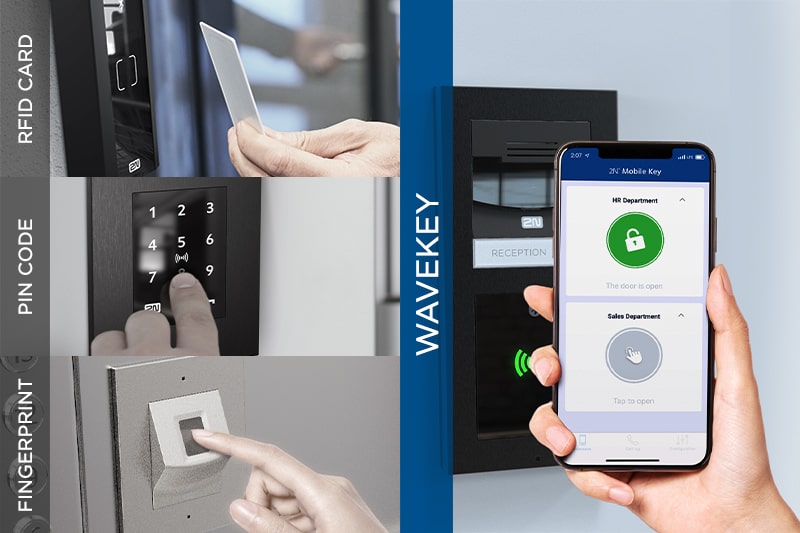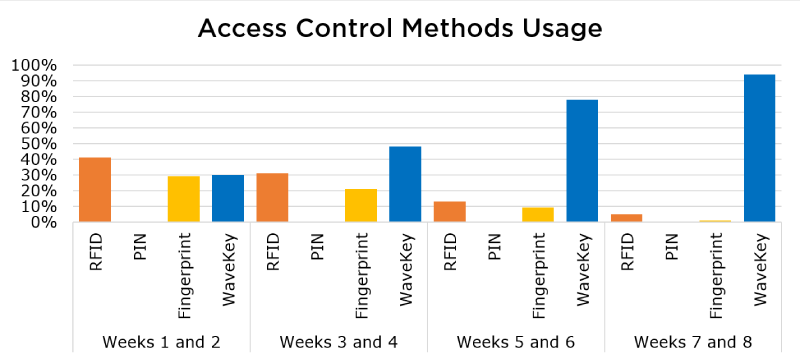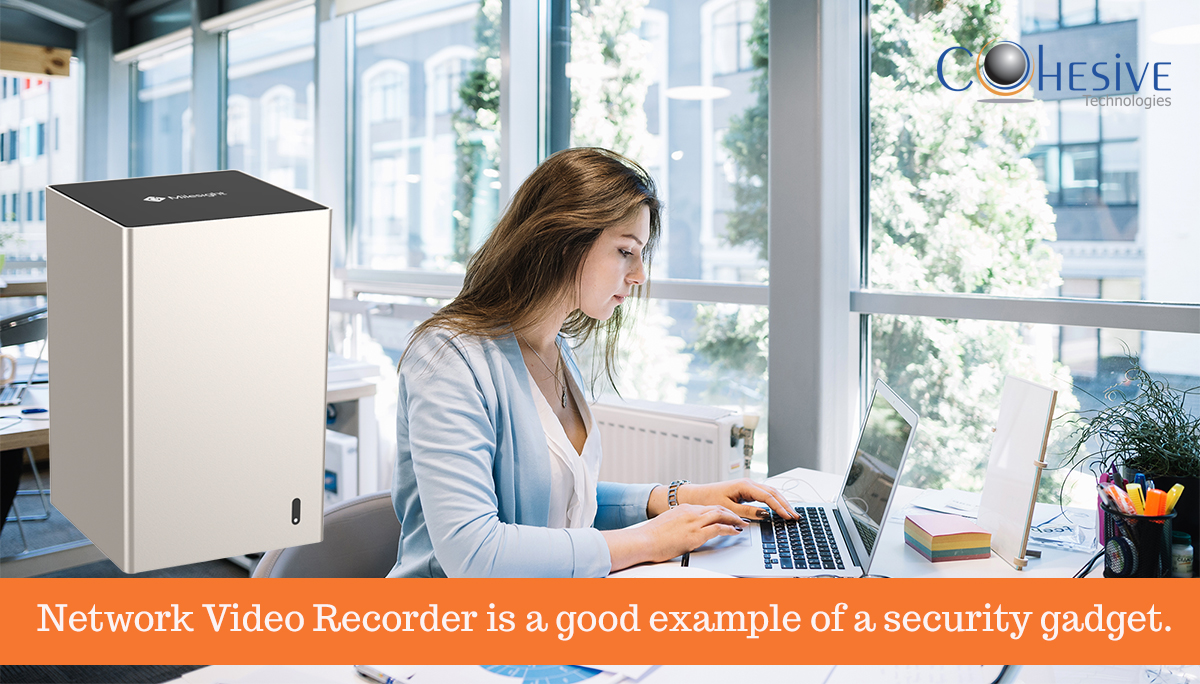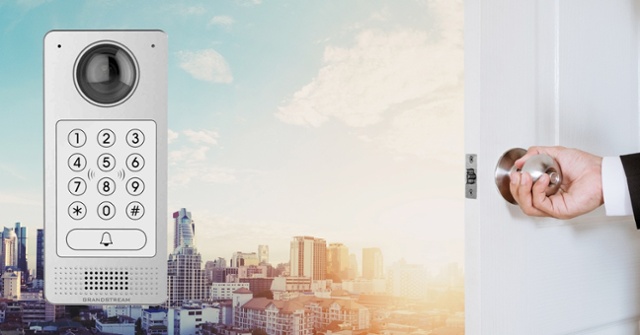RFID VS. PIN VS. FINGERPRINT VS. WAVEKEY
We gave people in office building a choice of how they want to gain access. Would you like to know which of these technologies won?
Preparing for the match. An uneven playing field
We ran the test in our main office. All our employees had their own RFID cards, which they normally used. We generated a new PIN code for each employee and sent it to them by e-mail. Employees were able to come and get their fingerprint scanned at the main reception desk. About one third of employees did that.
WaveKey technology was also at somewhat of a disadvantage at the start of this test. In order for users to be able to start using their phones to gain access, we sent them a pairing code by e-mail. They had to go to the nearest reader and enter this code in the 2N® Mobile Key application. Nothing too difficult, but an activity that required the user to actually make a small effort to complete.
Round 1. The first drop out
Over the first few weeks of testing, conventional RFID cards fared best. This didn’t surprise us, as employees were simply accustomed to using them long term. Just under one third of employees used their fingerprint, i.e. almost all those who came to get their fingerprint scanned before we started testing. Approximately 30% of employees took a liking to WaveKey.

Access using a PIN code was a complete failure. It still has its place in our portfolio, for projects such as those requiring dual-authentication or one-off access. However, it’s unsuitable for regular use in the demanding environment of an office building.
Round 2. The trend is clear
WaveKey begins to dominate to the detriment of fingerprints and RFID cards. To be honest, we expected sharper growth. An interesting fact was that the majority of users who preferred fingerprint access did not use WaveKey and did not have a paired phone to use. So those who had already made an effort to use something other than an RFID card (those who scanned their fingerprint), were not willing to pair their phone (go to the nearest reader and enter the pairing code in their phone). We had a plan to change all that.
Round 3. Let them try it
We needed the test to be equable, so we gently persuaded employees to try access using their mobile phones. How did we do that? Our receptionists asked everybody they met whether they had tried WaveKey and offered to pair their phones on the spot at reception. Interest increased exponentially and WaveKey was the success we had hoped it would be from the very start.
Round 4. Time to celebrate
So, here’s the number you were waiting for. 94% of users chose our patented WaveKey technology as their means of access. That’s more than we expected. In order to achieve that figure, we had to give users a little nudge even in the final stage, measurement. Receptionists continued to actively offer to pair mobile phones with the system.

Post-match debrief. What we learned
Figures remain at similar levels even days after the end of measuring. What does that tell us? That WaveKey is clearly
the most convenient method of access for users.
It’s up to us and up to you to show them that.







